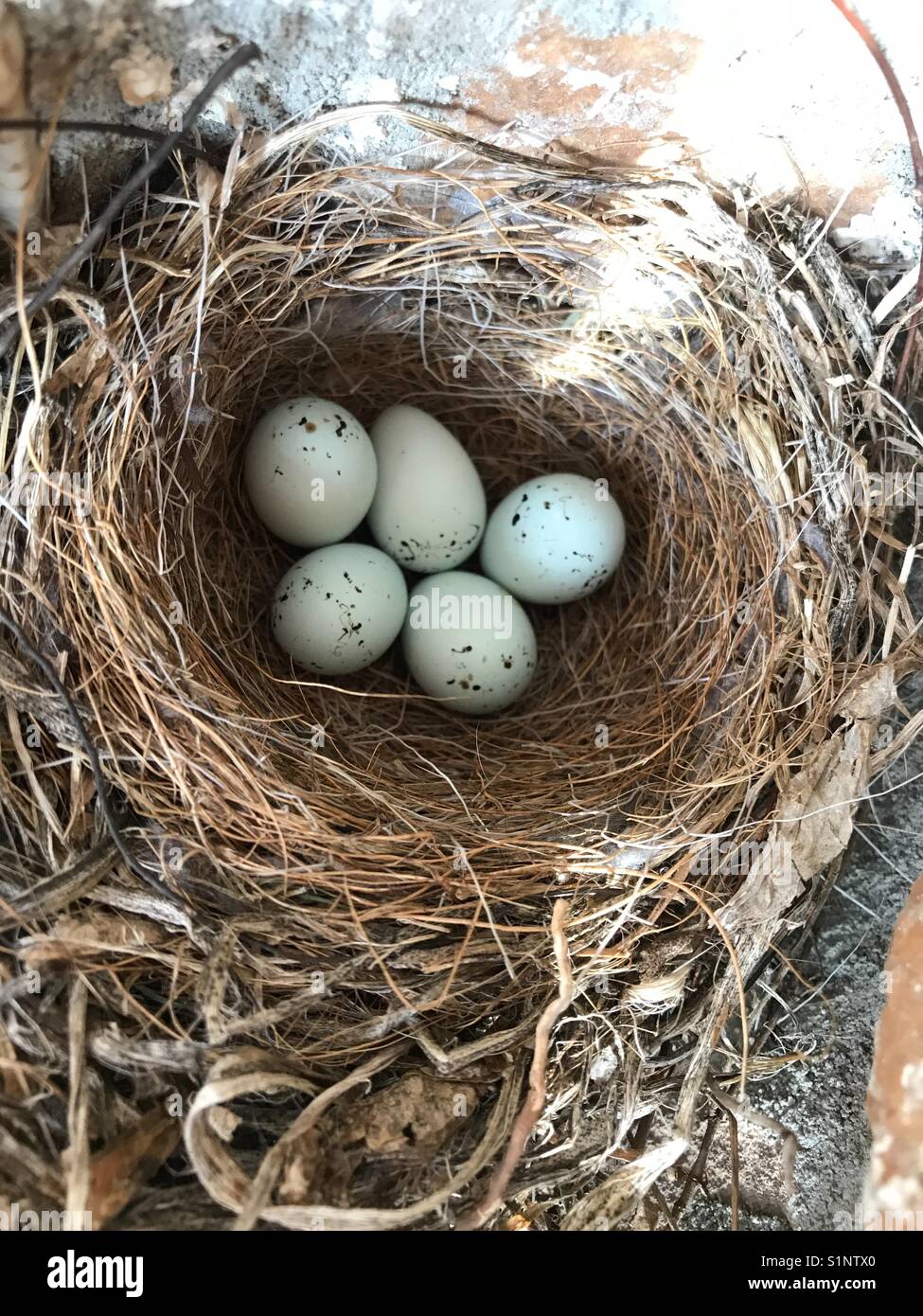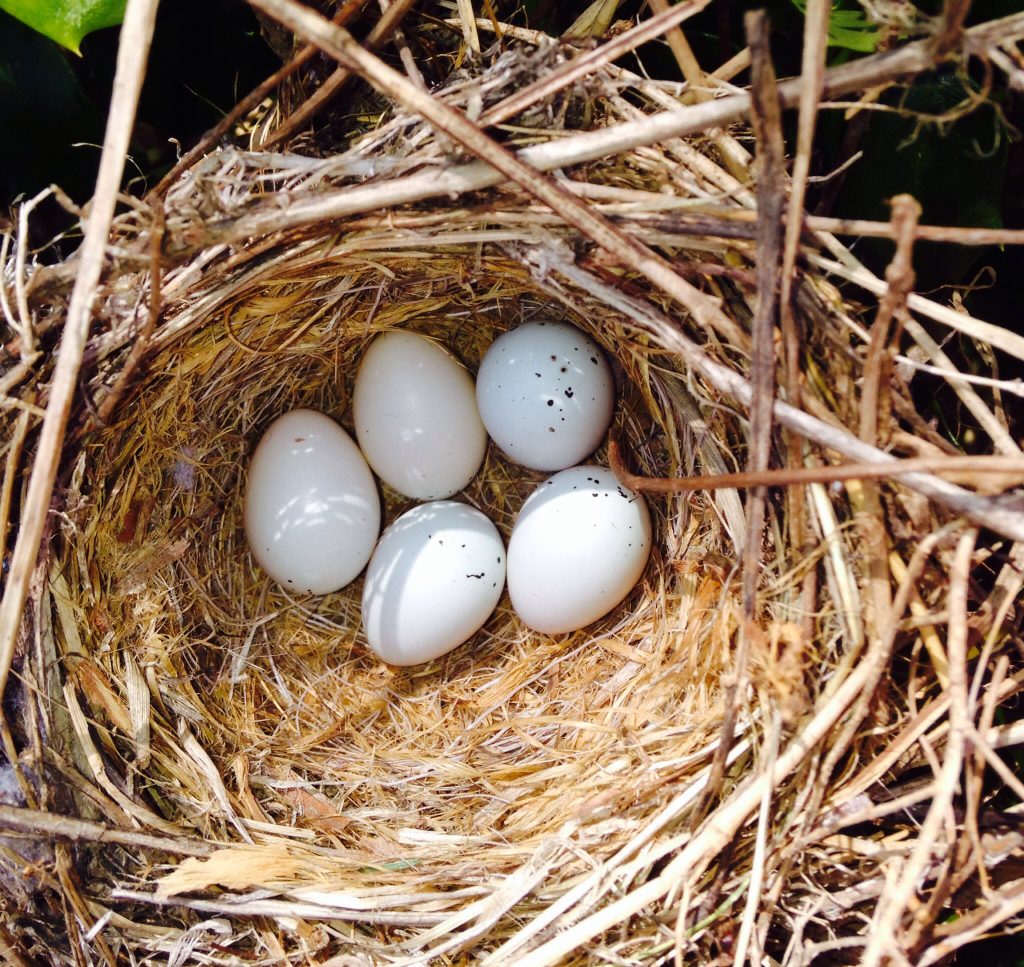Table Of Content

Our mission is to educate people about songbirds and provide the best resources to help them identify them and contribute to conservation efforts. Be sure to place your nest box high off the ground- at least five feet. Ensuring that your nest box is at least five feet off of the ground protects the baby birds from ground predators such as cats, raccoons, and squirrels. The enclosed box also helps protect them from air-born predators such as hawks and crows. While often rare, these songbirds sometimes even raise a batch of eggs well into August. House Finches that live in warmer climates often raise more than two broods per season, while those that live in cooler parts of North America only produce two to three.
How do you bandage a bird’s wing?
Meanwhile, Purple Finches nest in Canada, along the Pacific, and in the Northeast. In winter they migrate as far south as Florida, but they don't typically visit the Interior West at any time of year. To see each bird's range, visit our online field guide, or download our free Audubon bird guide app.

House Finch Song
They will use ledges or vents on homes, barns, and outbuildings. Hanging planters, dense ivy, and abandoned farm equipment are other popular options. You can also provide nest boxes if you want to attract house finches to your home. Male and female house finches commonly return to the same breeding area each year.
Birdhouse Features Preferred by House Finches
Look for them in woodlands, parks, residential areas, farms, deserts across much of the United States year-round. Their nest is a cup made of natural materials, string and feathers on tree branches or manmade structures; the nest holds four to five spotted bluish-white eggs. A Squirrel Proof feeder is recommended for sunflower seed as squirrels will make off with the seed before the birds have a chance to eat. Check out some of the feeders below for offering nyjer seed. Even during the breeding season, these birds regurgitate seeds to their young.
House Finch or Purple Finch? Here’s How to Tell Them Apart
Brighten up your inbox with our exclusive newsletter, enjoyed by thousands of people from around the world.

Observe and experiment to find the best birdhouse features and locations to draw in these common and colourful songbirds. House Finches are monogamous, and pairs tend to form while the birds are in their winter flocks. They choose a wide variety of nesting sites, and will nest in man-made objects such as window ledges and holes in buildings. Ivy growing on buildings or trees creates many nesting sites.
Conservation
Plumage coloration ranges from yellow to bright red depending on the amount of carotenoid rich foods they eat; the more carotenoids in food the brighter red they become. Females/immature males are brown overall with blurry streaks down the belly. Predators are the most common threat to the birds and their eggs.
Female/immature
Ponderings on partner and problematic birds - Times Record News
Ponderings on partner and problematic birds.
Posted: Wed, 01 Feb 2023 08:00:00 GMT [source]
It also makes for easy assembly in minutes with a power or hand held screwdriver. Make a 6″ by 6″ floor (inside dimensions) and a 6″ floor to ceiling height (inside front). Drill a 2″ diameter entrance hole located 4 1/2″ above the floor (to top of hole). Cut or drill ventilation openings in the floor and under the roof. Even experts get flummoxed by finches, but don’t despair.
Mating Habits - Do House Finches Mate For Life
However, for male House Finches, it has been observed that their feathers range from yellow to bright red depending on their diet. You can find House Finches by looking around settled habitats, such as city parks, urban centers, residential backyards, farms, and forest edges. Gregarious and social, House Finches are found in noisy groups that are hard to miss if present. Look for House Finches feeding on the ground or at bird feeders, or perching high in nearby trees. The length of nesting season varies slightly based on what region a house finch is nesting in.
These birds are pretty common and do not hold any symbolic meaning in most cultures. Long-term, think about the vegetation around your property. House Finches are drawn to areas with dense shrubs, trees, and other vegetation. We attached a man-made wooden Barn Swallow nest under the eave of our house and attract a pair every year. An interesting note is that pairs that stay together through winter, nest a little earlier than those that don't.
Find out more about what this bird likes to eat and what feeder is best by using the Project FeederWatch Common Feeder Birds bird list. Their diet mainly consists of seeds, berries and weeds. Attract them to your backyard bird feeders with nyjer, sunflower seed, mixed birdseed, peanuts, fruit, suet and sugar water. A western species until the 1940s, the house finch was introduced to the east by an unethical pet dealer, where they quickly spread to all eastern states. House Finches are familiar birds of human-created habitats including buildings, lawns, small conifers, and urban centers.
To avoid prosecution, New York City pet shop owners released finches en masse in 1940. Because many of the birds were already paired, they thrived in the wild. Within 60 years, they colonized most of the continent and met their Western counterparts. Extend the back wall panel beyond both top and bottom. Drill an extra mounting hole inside the box just under the roof.
2.) In their native range, House Finches live in desert, grassland, shrubland, and open woodland environments, as well as near human dwellings and cities. This pre-existing penchant for urban areas likely helped them thrive when they were introduced to new areas. The biggest House Finch flocks in the East are found in cities, and it’s much more common to find the eastern birds in habitats developed by people than anywhere else. House Finches, particularly males, can look very different from one to another.
Many House Sparrows lay between two to six broods per season, with the average being around four broods per nesting season. With courtship happening in the winter, nesting season begins in early spring. Some House Finch eggs are white with black specks, while others may look pale blue with black and purple specks. The size and coloring of House Finch eggs are very similar to the eggs of the House Sparrow. Once the location is selected and the nest is built, it’s time to lay eggs for the first time of the season. Female House Finches lay eggs early in the spring, typically in March.

No comments:
Post a Comment